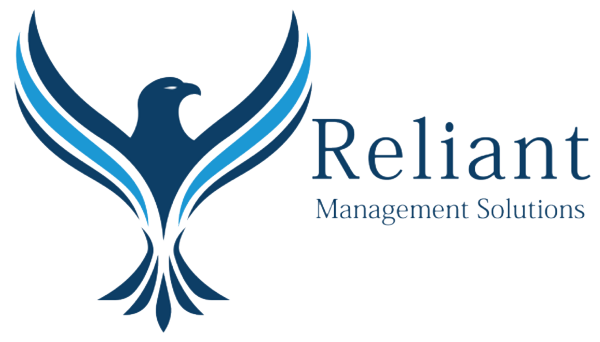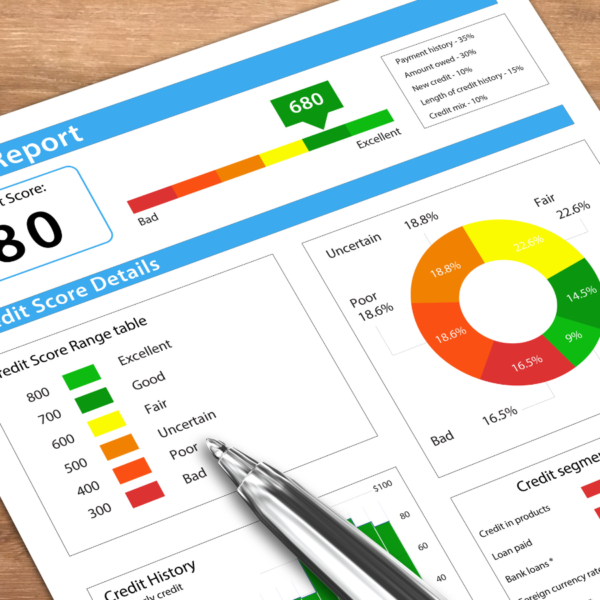When planning for retirement, understanding the differences between a 401(k) and a Roth IRA can significantly impact your financial strategy. Each retirement savings vehicle offers unique benefits and considerations. Here’s a comprehensive guide to help you make an informed decision between a 401(k) and a Roth IRA.
What is a 401(k)?
A 401(k) is an employer-sponsored retirement savings plan that allows employees to contribute a portion of their pre-tax income to an investment account. Here’s how it works:
Contributions: Contributions are made directly from your paycheck before taxes are deducted, reducing your taxable income for the year.
Employer Match: Some employers offer matching contributions up to a certain percentage of your salary, which is essentially free money added to your retirement savings.
Tax Treatment: Contributions and investment earnings grow tax-deferred until withdrawal, at which point they are taxed as ordinary income.
Withdrawals: Withdrawals are generally subject to income tax and may incur penalties if taken before age 59½, except in certain qualifying circumstances.
Benefits of a 401(k):
Employer Contributions: Take advantage of employer matching contributions to maximize your retirement savings.
Tax Deferral: Reduce your current taxable income by contributing pre-tax dollars, potentially lowering your annual tax bill.
Higher Contribution Limits: In 2024, you can contribute up to $21,000 ($28,500 if you’re over 50) to a 401(k), allowing for substantial savings growth.
Considerations:
Limited Investment Options: Investment choices are typically limited to those offered by your employer’s plan.
Early Withdrawal Penalties: Withdrawals before age 59½ may incur a 10% early withdrawal penalty in addition to income taxes.
Required Minimum Distributions (RMDs): Starting at age 72, you must begin taking RMDs from your 401(k), which are subject to income tax.
What is a Roth IRA?
A Roth IRA is an individual retirement account that offers tax-free growth and tax-free withdrawals in retirement. Here’s how it differs from a 401(k):
Contributions: Contributions are made with after-tax dollars, so they do not reduce your taxable income in the year they are made.
Income Limits: Eligibility to contribute to a Roth IRA is subject to income limits. In 2024, single filers must earn less than $144,000, and married couples filing jointly must earn less than $214,000 to contribute the maximum amount.
Tax Treatment: Contributions grow tax-free, and qualified withdrawals in retirement are also tax-free, including earnings, if certain conditions are met.
Flexibility: Roth IRAs offer more investment flexibility compared to 401(k)s, as you can typically choose from a broader range of investment options.
Benefits of a Roth IRA:
Tax-Free Growth: Enjoy the potential for tax-free growth of investments over time, maximizing your retirement savings.
Flexibility in Withdrawals: Contributions (but not earnings) can be withdrawn penalty-free at any time, making it a flexible savings option.
Considerations:
Income Limits: High-income earners may not be eligible to contribute directly to a Roth IRA.
Contribution Limits: Contributions are capped at $6,000 ($7,000 if you’re over 50) in 2024, limiting the amount you can save annually compared to a 401(k).
No Employer Match: Unlike a 401(k), there are no employer matching contributions available with a Roth IRA.
Choosing Between a 401(k) and Roth IRA
Employer Match: If your employer offers a match, prioritize contributing to a 401(k) up to the match limit to maximize your savings.
Tax Strategy: Consider your current and future tax situation. If you expect to be in a higher tax bracket in retirement, a Roth IRA’s tax-free withdrawals may be advantageous.
Investment Options: Evaluate the investment choices available in both accounts and choose based on your preference for investment flexibility.
Conclusion
Deciding between a 401(k) and a Roth IRA involves understanding their tax implications, contribution limits, and potential benefits. Both accounts offer valuable retirement savings opportunities, and the right choice depends on your individual financial goals, income level, and tax strategy. Consult with a financial advisor to create a retirement plan tailored to your specific needs and maximize your long-term financial security.






Recent Comments